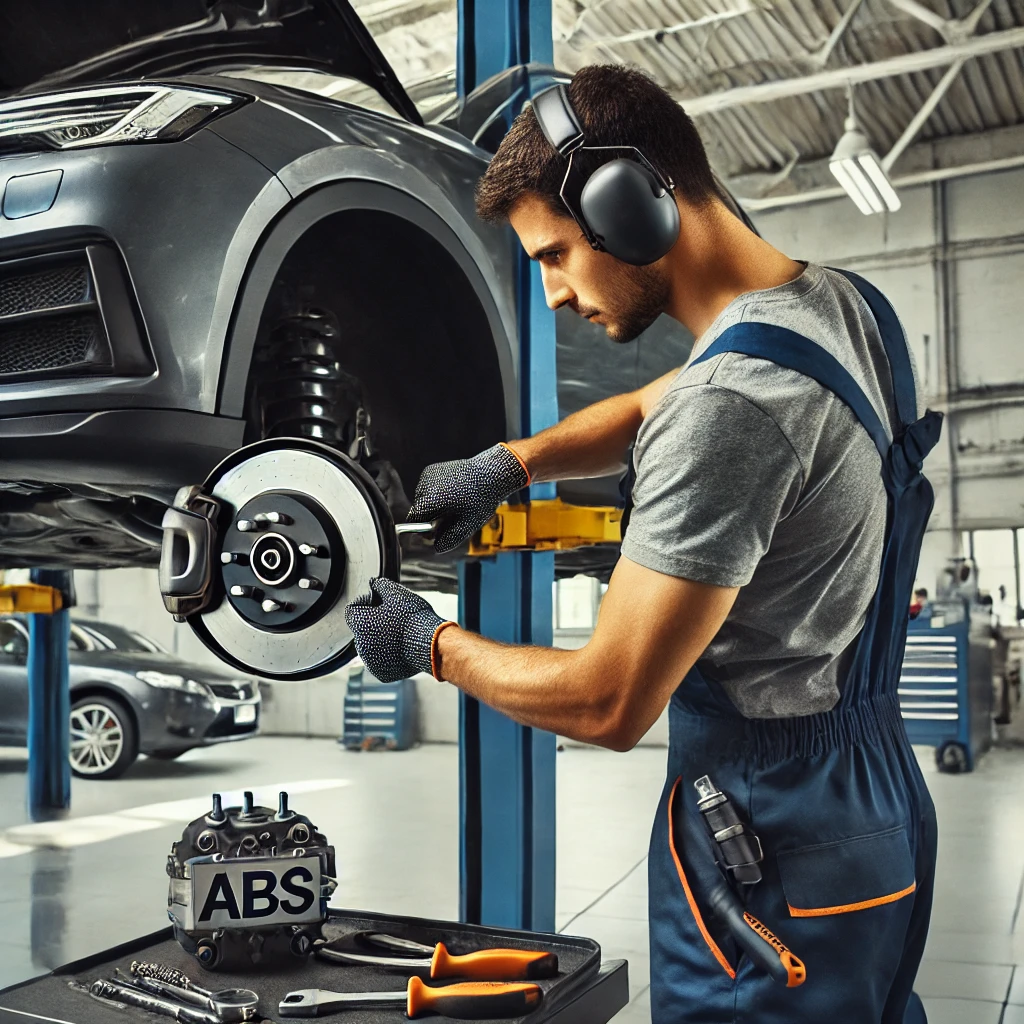Anti-lock Braking Systems (ABS) are a cornerstone of modern vehicle safety, preventing wheel lock-up during sudden or intense braking. This allows drivers to maintain steering control, reducing the risk of skidding and accidents, particularly on wet or icy roads. Since its debut in the 1970s, ABS has transitioned from a premium feature to a standard in most vehicles, underscoring its critical role in automotive safety.
What is ABS?
ABS is an automated system that monitors wheel speed and adjusts brake pressure to prevent wheels from locking up. When a driver applies the brakes hard, sensors detect if a wheel is about to stop spinning. The system then reduces brake pressure to that wheel, ensuring it continues to rotate and maintain traction with the road. This process happens rapidly, often multiple times per second.
Why Replacement is Essential
ABS components, such as wheel speed sensors, valves, and control modules, can degrade over time due to wear, corrosion, or electrical faults. A malfunctioning ABS can fail to activate when needed, leading to wheel lock-up and loss of control during emergency braking. For example, a faulty sensor might not detect a wheel slowing too quickly, compromising the system’s ability to intervene. Timely replacement of these parts restores ABS functionality, ensuring it continues to enhance safety and performance.
A Brief History
ABS technology emerged in the 1970s with systems like the “Sure-Track” for luxury cars. Today, it’s mandatory in many regions, including the U.S., where all new cars have required ABS since 2012. Its widespread adoption reflects its proven effectiveness in preventing accidents and saving lives.
Key Takeaway: ABS is vital for safe braking, and replacing worn components is crucial to maintain its life-saving benefits.

